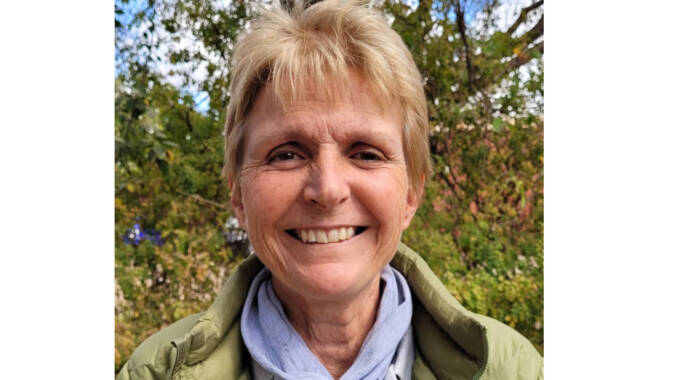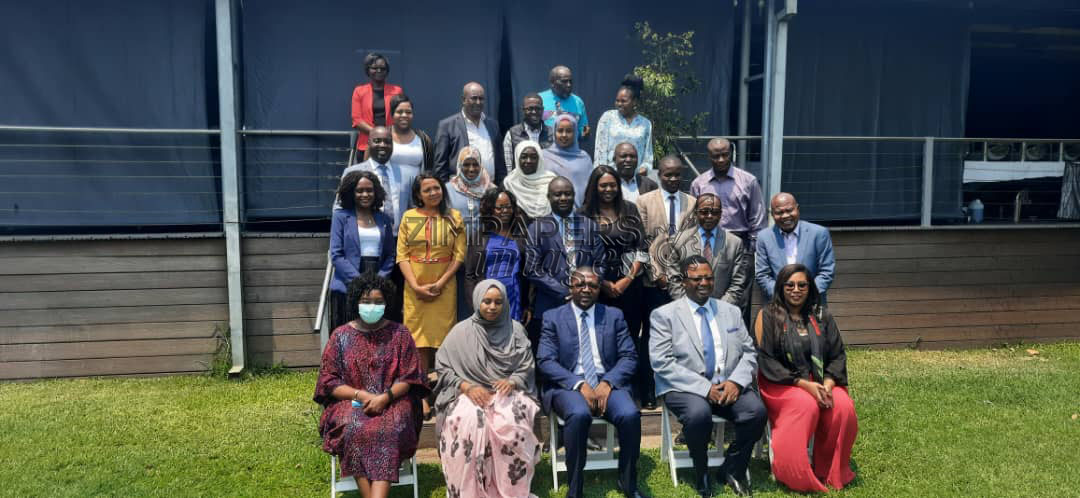Habitat loss driving decline in bird species in Africa

Sifelani Tsiko Agric, Environment & Innovations Editor
Nearly half of all bird species are declining in Africa with many populations facing extinctions, the latest State of the World’s Birds report reveals.
Published every four years by BirdLife International, the report showed that almost half of bird species in Africa and worldwide are in decline, with just 6 percent increasing.
Birdlife International said urgent steps needed to be taken to effectively conserve, safeguard and manage the most critical sites for birds and biodiversity.
“Birds tell us about the health of our natural environment – we ignore their messages at our peril. Many parts of the world are already experiencing extreme wildfires, droughts, heatwaves and floods, as human-transformed ecosystems struggle to adapt to climate change,” said Patricia Zurita, CEO of BirdLife International.
“While the COVID pandemic and global cost of living crisis have undoubtedly diverted attention from the environmental agenda, global society must remain focused on the biodiversity crisis.”
The State of the World’s Birds 2022 showed that agricultural expansion and intensification is the single biggest threat to Africa and the world’s birds, affecting 73 percent of all threatened species.
Increased mechanisation, the use of agrochemicals and conversion of grassland to cropland has caused farmland birds in Europe to decline by 57 percent since 1980 while in Ethiopia, the loss of grassland habitats to farmland since 2007 has caused an 80 percent decrease in the numbers of Liben Larks – an endemic species found nowhere else on earth.
Unsustainable logging and forest management are also significant issues, with the loss of over 7 million hectares of forest each year impacting half of all threatened bird species.
Climate change is also a considerable threat, and is already showing devastating impacts on Africa and the world’s birds.
The report indicated that 34 percent of threatened species are already impacted and changing climate is projected to worsen in the coming decades.
BirdLife Zimbabwe CEO, Julia Pierini told the Herald that even though the country had not lost any species, bird populations were in decline owing largely to rapid urbanisation, destruction of wetlands and heavy chemical use.
“Birds are key indicators of the state of our environment. They are like a warning bell – if we do not take urgent steps to conserve our wetlands, we are going to lose millions of bird species on our planet,” she said.
“Zimbabwe has not lost any species as yet but our bird population numbers are dropping. This is a warning to us. We have to look after our wetlands that are very fragile and very important bird habitats.”
Zimbabwe has an impressive biodiversity collection that includes 59 30 plant species, 674 bird species, 270 mammal species, 156 reptile species, 120 amphibian species and 150 fish species found within and outside protected areas.
Its bird species are found in the miombo and mopane woodlands as well as the Eastern Highlands including major protected wetlands.
“We are not managing our wetlands efficiently and climate change is causing bird populations to decline. We are not responding with urgency and if we do not take action we will have no wetlands left in Harare by 2030,” said Pierini.
She said the wattle crane bird population was declining as humans built on wetlands in cities and other major towns and settlements.
“The wattle cranes breed on the ground in wetlands. They used to be common in Harare but are no longer common. Their numbers are declining due to encroachment on wetlands,” said Pierini.
She said the accidental poisoning and death of critically endangered white-backed vultures had reached worrying levels in Zimbabwe and most other southern African countries.
The poisoning is being driven by human-wildlife conflicts and some people lace carcasses with poison to kill predators that threaten their livestock.
Vultures feed off carcasses laced with poison and die in huge numbers. Birdlife experts say one poisoned elephant carcass can cause the death of up to 500 critically endangered vultures.
Birdlife report said safeguarding and protecting important sites for nature, restoring damaged ecosystems, and tackling key threats to birds and biodiversity are all critical.
“Birds show that we are in an extinction crisis, with at least 187 species confirmed or suspected to have gone extinct since 1500. There is no denying that the situation is dire, but we know how to reverse these declines,” said Dr Stuart Butchart, chief scientist at BirdLife International.










Comments